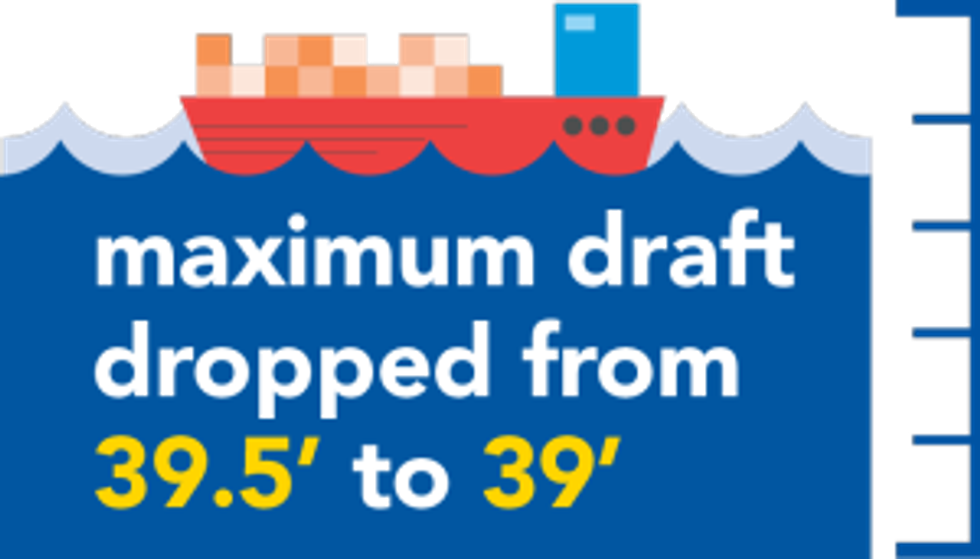Weather Impacts Panama Canal Capabilities

Since January 1, Panama City has received only 40 percent of its normal rainfall -- 9.35 inches compared to 23.43 inches normally. Lower water levels mean the canal will have to limit how deeply ships are immersed as they pass through the waterway, leading to changes in which the maximum draft will drop to 39 feet from 39.5 feet. Some ships may have to reduce their cargo to be able to pass through, and that change could have consequences for manufacturing and trigger far-reaching delays.
The 
To minimize risk from this or other potential disruptions, supply chain managers can work with their transportation and logistics partners to create contingency plans that include alternative sourcing and transportation arrangements. Transportation providers are typically able to offer a variety of services and sufficient capacity on short notice, which can mean the difference between continuing operations and temporary shutdowns for some companies.
Panama Canal Continues with Expansion
The drought comes at the same time the Panama Canal is wrapping up the lengthening, widening and deepening of the canal, which will double its capacity. The work is scheduled to be complete in 2016 and the changes are expected to alter shipping patterns, particularly as a number of U.S. ports, including ports along the Gulf Coast and on the East Coast, are preparing to handle larger ships.
The changes to the canal could make it easier for shippers to source alternative routes and avoid the Port of Long Beach and Los Angeles, which often struggle with congestion. Earlier this year labor disputes at Long Beach and L.A. caused shippers to re-route ships.
In adjusting to potential changes, shippers may need to source capacity on alternative routes and rely on carriers that can adjust to changes in traffic patterns. To maintain a competitive advantage, shippers should look for providers that can be nimble when faced with the need to make changes.
By "Move Ahead" Staff
The 
To minimize risk from this or other potential disruptions, supply chain managers can work with their transportation and logistics partners to create contingency plans that include alternative sourcing and transportation arrangements. Transportation providers are typically able to offer a variety of services and sufficient capacity on short notice, which can mean the difference between continuing operations and temporary shutdowns for some companies.
Panama Canal Continues with Expansion
The drought comes at the same time the Panama Canal is wrapping up the lengthening, widening and deepening of the canal, which will double its capacity. The work is scheduled to be complete in 2016 and the changes are expected to alter shipping patterns, particularly as a number of U.S. ports, including ports along the Gulf Coast and on the East Coast, are preparing to handle larger ships.
The changes to the canal could make it easier for shippers to source alternative routes and avoid the Port of Long Beach and Los Angeles, which often struggle with congestion. Earlier this year labor disputes at Long Beach and L.A. caused shippers to re-route ships.
In adjusting to potential changes, shippers may need to source capacity on alternative routes and rely on carriers that can adjust to changes in traffic patterns. To maintain a competitive advantage, shippers should look for providers that can be nimble when faced with the need to make changes.
By "Move Ahead" Staff